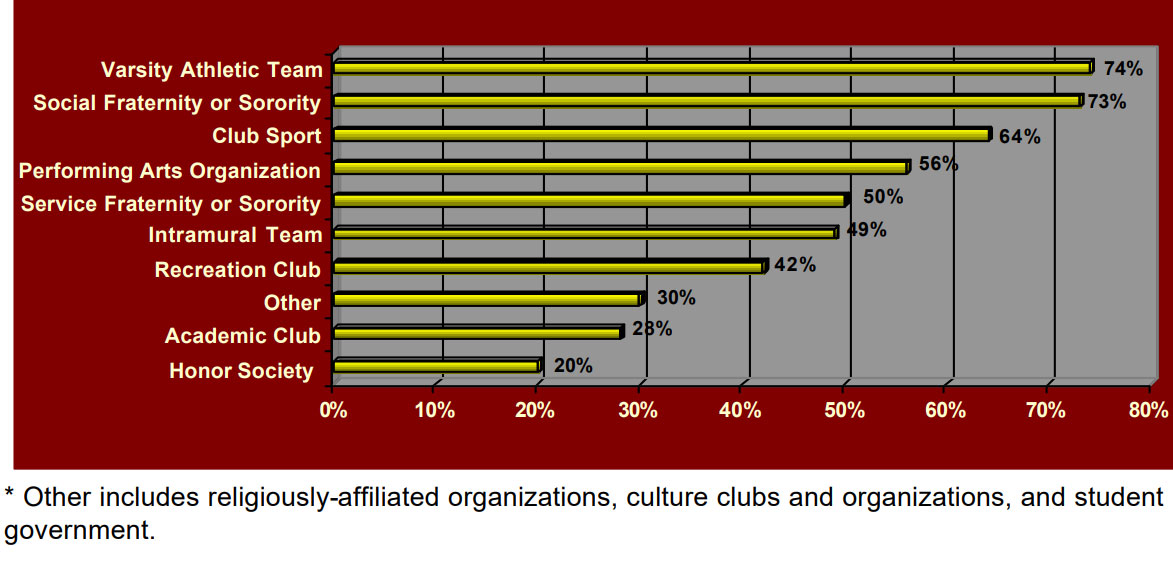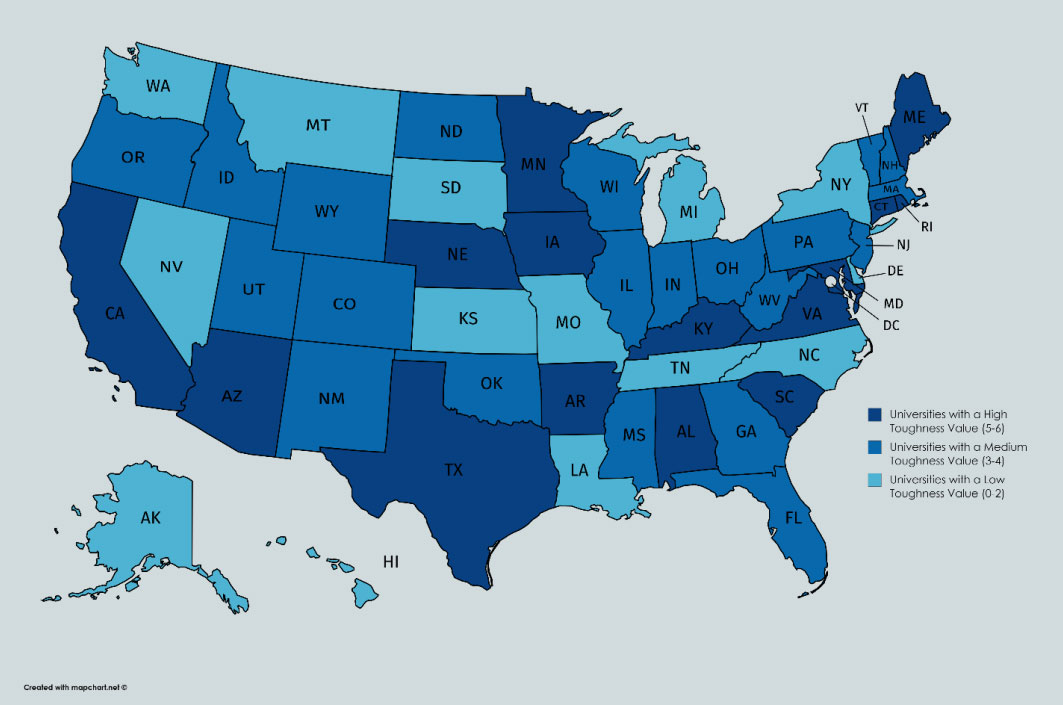This article, originally posted in Jan. 2019, has been updated to reflect changes made in some states. Since the original posting, three more states have passed anti-hazing legislation inspired by student hazing deaths.
ORIGINAL POST 1/21/19
Hazing is a practice that has been around for centuries, as have moves to implement hazing reform.
In 1495, Leipzig University in Germany added an anti-hazing clause to the student handbook stating, “Each and every one attached to this university is forbidden to offend with insult, torment, harass, drench with water or urine, throw on or defile with dust or any filth, mock by whistling, cry at them with a terrifying voice, or dare to molest in any way whatsoever physically or severely, any, who are called freshmen, in the market, streets, courts, colleges and living houses, or any place whatsoever, and particularly in the present college, when they have entered in order to matriculate or are leaving after matriculation.”
In 1684, Harvard University student Joseph Webb was expelled for hazing that included hitting students and forcing them to perform acts of servitude.
Similarly, many states have recently passed laws that toughen punishments for hazing perpetrators and bystanders. In the U.S., 46 states have at least some type of hazing law on the books. These laws range from criminal laws with sanctions for individuals and universities to educational codes that threaten to withdraw funding from institutions that fail to investigate reports of hazing.
In this article’s slideshow, we will provide an overview of legislation that has been passed as a result of hazing that led to a student’s death. All but one of the fatalities were college students who died pledging fraternities. According to the study, “Hazing in View: College Students at Risk (2008),” 73% of students in a sorority or fraternity experience at least one hazing behavior. The chart below breaks down the findings further by organization type.

to see states that have hardened penalties for hazing following a student death
There are several other college and university anti-hazing initiatives pending, including:
- Indiana HB1511, which was introduced on Jan. 14, 2021, would require institutions of higher education (IHEs) to provide a hazing education program to all students and staff who advise or coach student organizations. It would also require IHEs and local organizations to report hazing allegations to law enforcement within 72 hours.
- In New York, in Jan. 2021, bills were introduced in the Senate and Assembly (A.3443/SB194) that would require hazing education for all secondary and postsecondary students within 30 days of enrollment and before attending classes.
Additionally, while not outwardly inspired by a tragedy in its state, as of Jan. 1, 2020, Oregon colleges and universities must adopt a written hazing policy and provide annual policy training for students that covers the harmful effects of hazing and the relevant laws and institution’s policies that prohibit hazing. Institutions must also submit annual reports to the Legislative Assembly on the number of reported hazing incidents and the number investigated during the previous academic year.
In a 2019 study, “Understanding the Factors That Lead States to Adopt Anti-Hazing Laws,” the authors created a graphic that ranks states based on the “toughness,” or severity of their anti-hazing legislation. The below figure is a map of states categorized by university anti-hazing policy toughness.

Want to know more about the hazing laws in your state? Check out stophazing.org’s interactive map for more detailed laws by state.












